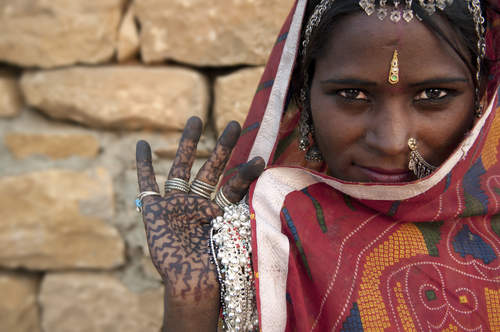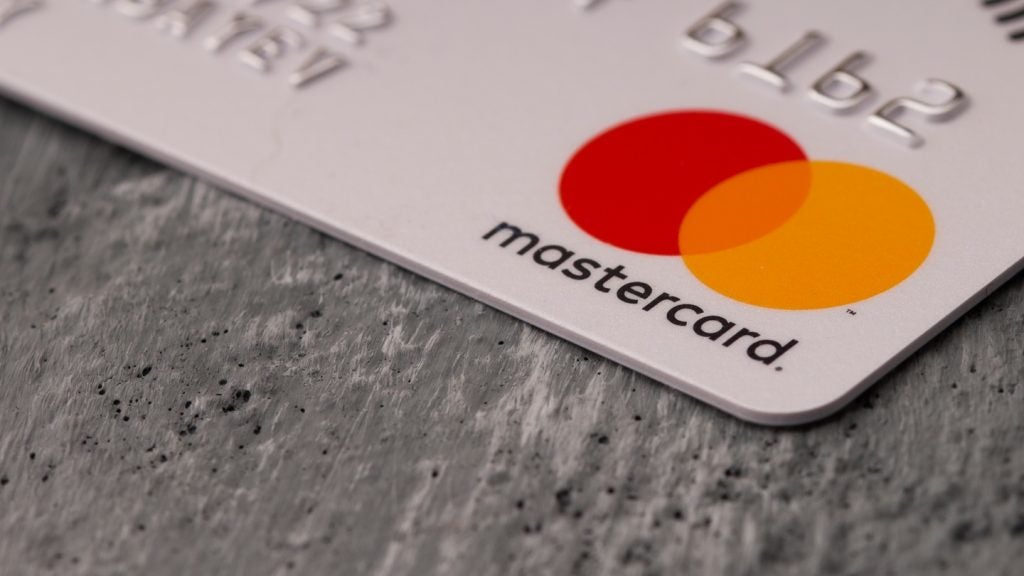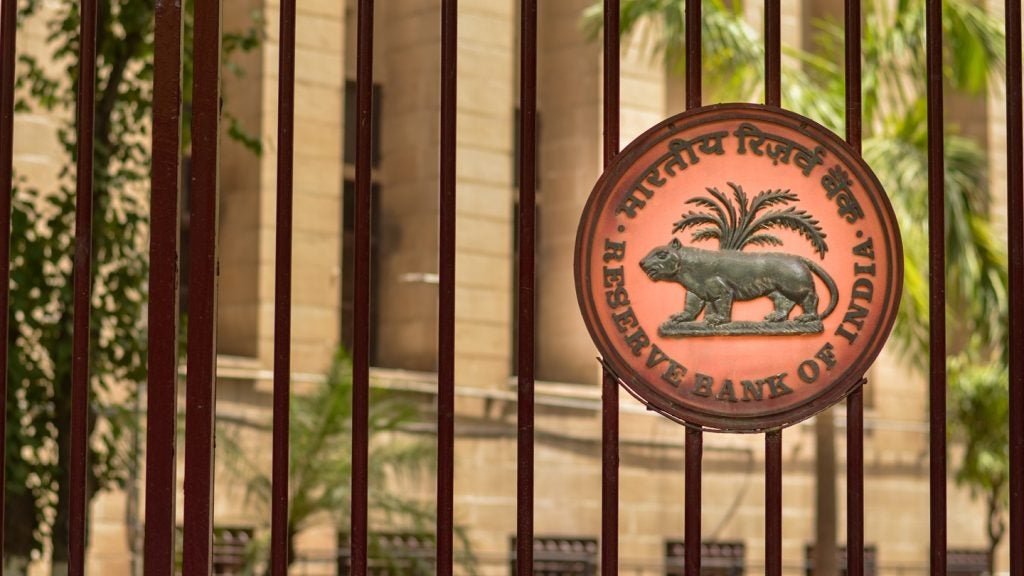The take-up of mobile payments in developing countries is a matter of fact. However, mobile payments have not developed homogeneously across Africa or Asia. Sara Perria reports
Say mobile payments in Africa and the East African markets of Kenya, Tanzania and Uganda are brought straight to mind.
In these countries the both awareness and usage are high, due to large unbanked populations eager to find alternative financial solutions.
However, Gavin Krugel, chief customer strategy officer at Visa’s m-payments platform Fundamo, explains that this success is yet to be replicated elsewhere in the continent, despite the presence of similar payment issues: "Only East Africa seems to be succeeding in both registration and activation. The rest of the market is doing well in terms of the ability to attract consumers to the service, but not necessarily in the ability to get the consumers to use the service".
This is happening despite the clear existence of a very large population with similar demands in terms of finding alternative financial solutions.
What is the reason behind these different developments?

US Tariffs are shifting - will you react or anticipate?
Don’t let policy changes catch you off guard. Stay proactive with real-time data and expert analysis.
By GlobalDataA Visa Mobile Money study has analysed these needs and expectations, surveying 2,500 ‘economically active’ people aged between 18 and 44 in Bangladesh, Ghana, India, Indonesia, Nigeria and Pakistan.
The main finding is that financial needs in these countries are far more sophisticated than expected.
In order to further expand into the African market it is mandatory for the industry to look into the specificity of these needs to a higher degree. Geographical and cultural differences have to be considered the main driver of any marketing strategy.
Fundamo chief executive and and Visa’s sub-Saharan Africa country manager, Hannes Van Rensburg, says: "Thanks to the mobile money community, millions of previously unbanked people are now able to make basic electronic transactions such as person-to-person and bill payments.
"Our potential for driving far reaching social and economic change, while at the same time growing transaction volumes in developing countries, is significant. But we will limit that potential if we don’t learn to stop and really listen to our customers".
Krugel expands on what "listening to the customers’ needs" actually means.
In countries like Indonesia, a woman might hide money in different places of the house, according to what this money will be used for. She will have a place for the ‘education money’, a place for the ‘daily money’ and another place for the ‘health money’. Similar behaviour is seen in Nigeria.
"The system is quite sophisticated," Krugel says.
"Keeping track of the balances of each pot is extremely important. And it shows that adaptation to the vernacular can drive the usage of mobile payments. For example using the word ‘health money’ instead of the word ‘savings’.
When marketing and selling the product and when choosing what words to use in the service menus, adapting to the local vernacular is the priority."
Visa’s study suggests that the success of mobile financial services is determined by how deeply a mobile money provider understands its customers and tailors the service to the needs of consumers and mobile money agents.
"One key learning from this study could be summarized as ‘it’s not what you say, it’s how you say it’," he adds.
"This single insight has massive implications for the vernacular used in mobile money menu structures, the education of mobile money agents and consumers, and creation of mass market advertising."
The same study also showed that the great opportunities fluttered by these large-population developing countries could come from different directions.
The Visa Mobile Money findings
The issue at stake is not simply that of promoting the concept of mobile payments. On the contrary, the study states that there is high awareness of mobile money services and capabilities among consumers across the six countries surveyed.
The average awareness reported is 56%, with Ghana reaching 93% awareness and MTN identified as the most-known mobile money provider. In Pakistan 89% of the public are mobile money aware and easyPaisa is the most recognized brand; and 53% of consumers in Bangladesh were aware of mobile money and identified bKash as the leading brand.
The study then showed that the majority of consumers surveyed intend to use mobile money to send money to family members (81%), pay utility bills (56%) and save money for their family (52%).
In doing this, they use complex and sophisticated money management systems, setting money aside for education, healthcare, emergencies and life events.
But the services that could be offered according to the demand of these potential customers go beyond saving and storing money.
"We have also seen an interest for more advanced financial services such as micro-insurance and micro-credit," Krugel stresses. Besides, as the market becomes more mature, even the older population could be more engaged, for instance to receive the pension.
Indeed, according to the study, the primary driver and reason to adopt mobile financial services is the need to protect funds from theft and the ability to more easily send funds, pay bills or school fees. Across the six countries, 80% of respondents cited "safety of not having to carry around a lot of cash" as the primary perceived benefit of mobile money, while 63% of respondents listed "speed of getting money to family members living far away" as the second most important benefit.
On the opposite side, the ease of use was cited by 64% of respondents as the first barrier to adoption of m-payments, followed by a lack of trust in mobile money providers and agents (55%), and a lack of interoperability with other mobile money services (28%).
Consumers, merchants, and agents also stressed the importance of a clear pricing structure. Individuals are price sensitive and the cost of calls was the primary reason for choosing a mobile network operator in five of the six markets surveyed.
Infrastructure also plays a central role: in order to drive adoption, cash and customer service will need to be readily accessible to meet expectations. Interoperability comes immediately afterwards.
"Technology is not the challenge, technology already exists," Krugel says.
"The technology needs to facilitate the next generation of mobile payments, which is interoperability between competing money services and money providers and payment infrastructures, from POS to ATMs".
African and Asian markets could open a vast world of opportunity precisely thanks to the absence of a legacy infrastructure to deal with.
However, it is necessary to avoid a cookie-cut approach and understand the sophisticated and differentiated needs of these countries.
A lesson could then be delivered to Western markets as well: "Some unbanked consumers in Western developed economies still keep their money in a jar. If we are able to tailor the message, then that jar could be replaced by a prepaid and a phone," Krugel concludes.









